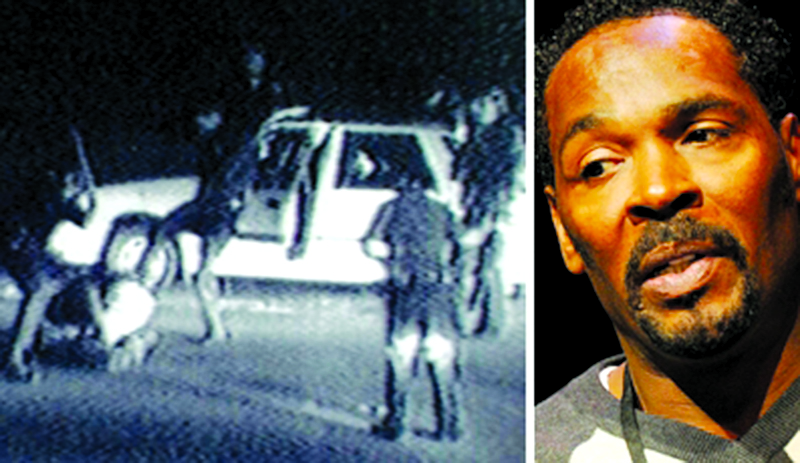
The use of social media has empowered everyone to become a “reporter” and at times it appears almost everything is newsworthy. Incidents are frequently captured live with cell phones, dash cams, go-pros, and many other devices via video and or audio and made public immediately; often presented from one perspective, without all the facts or even a thoughtful investigation into the incident. Law enforcement related incidents, in particular, garner a lot of attention through social media often causing chaos within a community. Often as a result of the appearance of excessive force or actual excessive force incidents captured on social media community members and civic organizations have demanded better police accountability, training, and public relations.
Some of the More Infamous Cases That Demanded Improved Law Enforcement Training
March 3, 1991, Rodney King
In 1991, a bystander provided local news media 81 seconds of footage showing police officers hitting and kicking taxi driver Rodney King a total of 56 times, despite the fact that King was on the ground and complacent. A year after the incident the officers involved were tried on charges of police brutality and the use of excessive force. Their acquittals in the high-profile case prompted the infamous 1992 Los Angeles riots, also known as The Rodney King riots. Widespread looting, assault, arson, and killings occurred during the riots, and estimates of property damage were over $1 billion. Following widespread outrage across the country, the City of Los Angeles awarded King $3.8 million in a civil lawsuit.

According to Time Magazine, 57% of people surveyed about the incident thought racism was the motive; however, some other respondents believed that a lack of proper police training was to blame. As a result of the incident, the United States Department of Justice conducted a study which resulted in programs aimed at community-oriented policing and enhanced police training, in an effort to better train and equip police officers, ultimately building a better relationship between law enforcement and the communities served.
April 4, 2015, Walter Scott
On April 4, 2015, a daytime traffic stop for a non-functioning brake light resulted in a police shooting of a fleeing suspect, Walter Scott, which resulted in Walter Scott’s death. The officer involved was charged with murder after video footage of the shooting was discovered, the first trial ended in a mistrial with a hung jury. In May of 2017, the officer plead guilty to federal charges and the murder charges were dropped the officer was sentenced to 20 years in prison. An out-of-court settlement was reached and the City of North Charleston agreed to pay Scott’s family $6.5 million.
November 22, 2014, Tamir Rice
Police responded to a call of a black male who “kept pulling a gun out of his pants and pointing it at people”. Upon arrival to the scene, the officers yelled “show me your hands “through the open patrol car window. Rice started lifting his shirt as if he was going to draw a weapon from his waistband. The officer shot and struck Rice once in the torso where he died at the hospital a day later. The handgun that Rice had was a replica firearm with the orange tip cut off.
The grand jury did not indict the officers releasing a statement “Given this perfect storm of human error, mistakes, and communications by all involved that day, the evidence did not indicate criminal conduct by police.” The Rice family filed a wrongful death suit citing the City of Cleveland failed to properly train the officers, the lawsuit was settled out of court for $6 million.
One common denominator brought up in each of these incidents is the lack of or need for additional police training. These three incidents alone cost taxpayers a total of $16.3 million dollars. Could additional training have prevented any of these unfortunate incidents from happening? We will never know. What we do know is that technology is a wonderful ever-expanding tool that is only going to improve with time, allowing information to become even more rapidly available to the public served. Today’s technology provides the tools to train our officers using past events, current scenarios to prepare for better outcomes in the future. VirTra simulators are relevant, realistic, and account for several perspectives. The real question is, do we continue to fail our officers by not providing the best training available to them and the public they have sworn to protect and serve when VirTra training simulators exist to enhance officer training and save lives.




